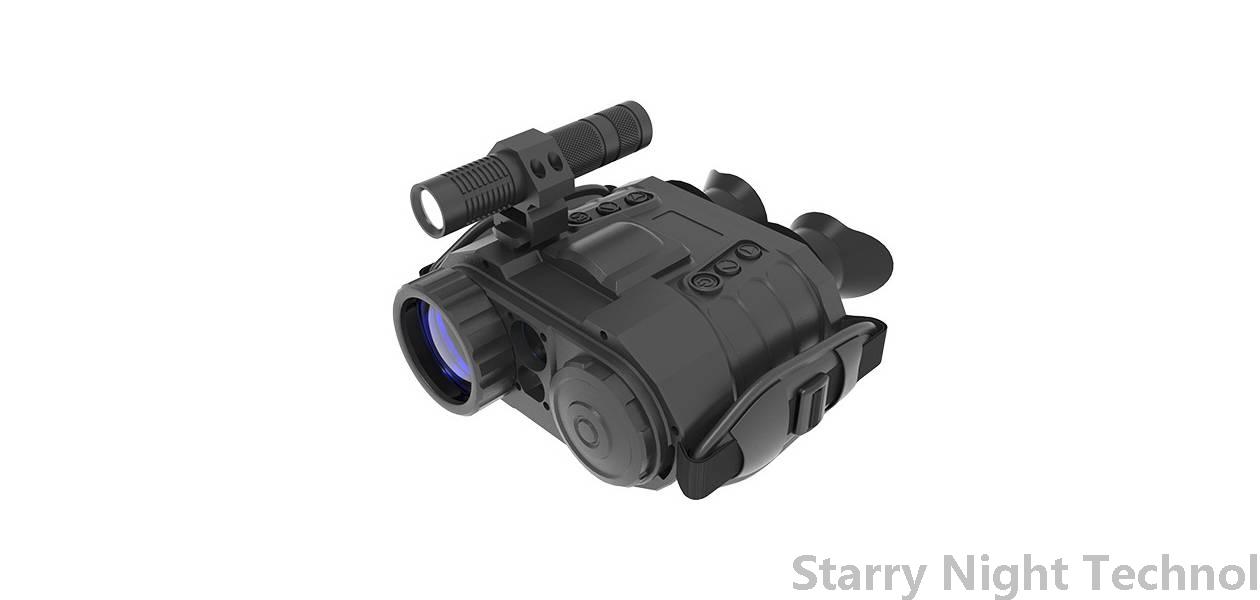Night Vision Technology in Disaster Response and Emergency Management
1757469617000

As natural disasters increasingly threaten communities worldwide, emergency management personnel are tasked with the responsibility of rapid response, assessment, and recovery. The integration of advanced technologies into disaster response frameworks is more critical than ever before. Among these innovations, night vision technology stands out as a transformative tool that enhances situational awareness, safety, and operational efficiency during emergencies occurring after dark.
#### Understanding Night Vision Technology
Night vision technology refers to devices that allow observations in low-light conditions by amplifying available light or converting thermal energy into visible images. This capability has evolved significantly since its inception in military applications, but it now finds broad utility across various sectors—including law enforcement, search and rescue operations, and disaster response teams.
The two principal types of night vision devices include image intensification (I2) technology, which uses photoelectric effect principles to boost ambient light, and thermal imaging cameras that detect heat signatures irrespective of surrounding illumination levels. Each type serves distinct purposes during a disaster scenario.
#### Enhancing Situational Awareness
In many disaster situations—be it wildfires, floods, earthquakes, or chemical spills—the ability to gather information quickly is vital. Traditional lighting may be compromised in such scenarios due to power outages, smoke, or debris. Night vision devices enable first responders to navigate hazardous environments efficiently while maintaining situational awareness.
For instance, when assessing damage in buildings post-earthquake or navigating dense forests during wildfire evacuations, night vision goggles can provide clear visuals where flashlight beams might create shadows or simply fail to illuminate crucial areas. This increased visibility aids decision-making processes for tactical operations, whether determining evacuation routes or identifying at-risk individuals who may still be trapped.
#### Search and Rescue Operations
One of the most significant roles of night vision technology in emergency management is its application in search and rescue (SAR) operations. Statistics show that the likelihood of finding missing persons diminishes dramatically after sunset; thus, the ability to continue searching through the night becomes invaluable.
With thermal imaging capabilities, rescuers can detect body heat, allowing them to locate victims even beneath rubble, thick vegetation, or icy terrains: environments typically challenging to traverse without proper gear. Coupled with drones equipped with night vision technology, SAR teams can cover vast expanses rapidly, locating individuals in need of assistance promptly regardless of darkness or concealment.
Moreover, deploying nighttime drone operations reduces risks inherent to human ground teams venturing into potentially unstable structures or dangerous terrain—a lifesaving measure in uncertain circumstances.
 Effective communication between emergency responders is fundamental to any successful disaster operation. Here, night vision technology also plays a pivotal role. It allows different agencies and units to coordinate activities seamlessly under the veil of night. With an enhanced visual connection that does not require excessive use of lights, field operators can work together without drawing undue attention or exposing themselves to potential threats.
Effective communication between emergency responders is fundamental to any successful disaster operation. Here, night vision technology also plays a pivotal role. It allows different agencies and units to coordinate activities seamlessly under the veil of night. With an enhanced visual connection that does not require excessive use of lights, field operators can work together without drawing undue attention or exposing themselves to potential threats.Furthermore, video feeds from aerial surveillance using drones equip incident command centers with real-time information about unfolding scenarios—even in unforgiving conditions. This situational data drives precise resource allocation and on-the-spot adjustments, increasing overall operational effectiveness.
#### Safety and Risk Mitigation
Safety remains a top priority for emergency responders. Working in dark, unpredictable environments poses considerable risks, including exposure to hazards like falling debris, wild animals, or slippery surfaces. Night vision technology helps mitigate these risks significantly. By providing increased visibility in darker settings, responders reduce the chances of accidents, injuries, or worse.
Additionally, conducting risk assessments, such as gas monitoring near hazardous materials, can also benefit from night vision equipment's deployment. A failure to identify noxious substances could lead to dire consequences, and thermal sensors can help prioritize which areas to investigate further.
#### Challenges and Future Directions
Despite undeniable advantages, the adoption of night vision technology in disaster response faces challenges. Cost remains a significant barrier, particularly for smaller local agencies with limited budgets. Although prices have been decreasing with technological advances, high-quality thermal imaging systems can still represent substantial investments.
Further, training is required to ensure that emergency responders utilize this technology effectively. The transition from traditional methods to sophisticated night vision techniques necessitates comprehensive instruction on device functionality, operational protocols, and strategic applicability.
Nevertheless, ongoing developments in night vision technology promise enhancements in user experience, affordability, and accessibility. Innovations in augmented reality integrations, miniaturization of devices, and improved battery life can bolster their usage within the emergency response ecosystem. As research continues to evolve around artificial intelligence and machine learning algorithms, future applications will likely enable autonomously navigating drones and intelligent analytics, optimizing responses further still in disasters.
#### Conclusion
Surging global climate change and population density amplify the urgency for effective disaster response strategies. Night vision technology offers unparalleled advantages, transforming traditional paradigms associated with responding to emergencies after dark. As communities, governments, and organizations invest in innovative practices, integrating this key technology into standard operating procedures can enhance outcomes for both responders and those they serve in times of crisis. Ultimately, integrating night vision into disaster preparedness plans signifies a commitment to safeguarding lives and ensuring resilient community futures.
What should be selected for night vision devicesStarry Night Technol

